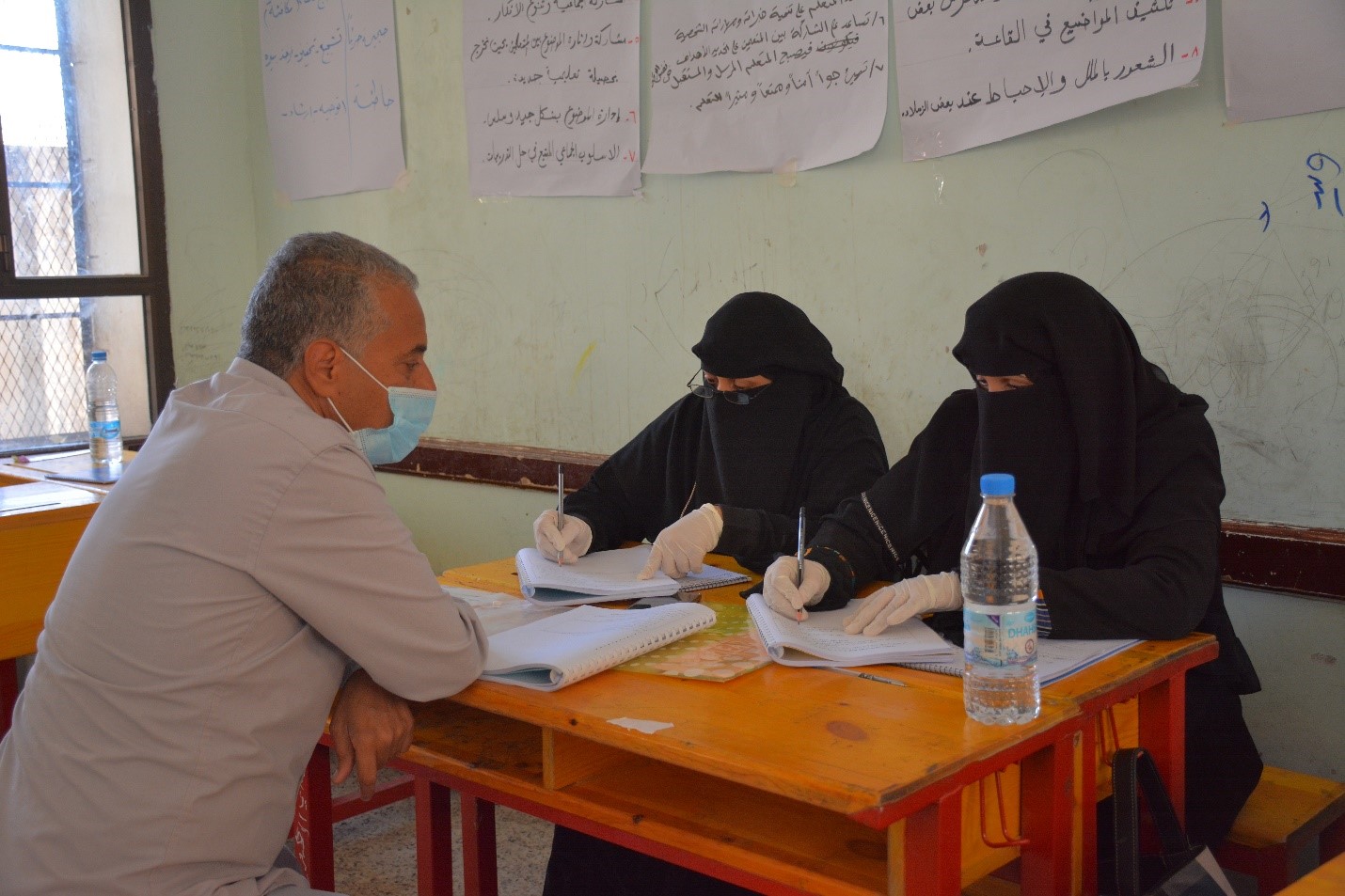This is what education looks like in conflict-afflicted areas like Yemen: teachers, students, administrators, parents all live under constant fear, schools lack basic resources, and classes are overcrowded. In Yemen, the protracted conflict continues to disrupt the schooling of Yemeni children, with more than 2 million school-age girls and boys out of school. Out of 10.1 million school-aged girls and boys (5-17-years-old), 8.1 million need Education in Emergencies (EiE) assistance. These include 1.65 million internally displaced children, 1.5 million children with a disability and the rest are minority groups who face challenges accessing education.
The devastation of the education system in Yemen has had a profound impact on the learning and overall cognitive and emotional development of school-aged boys and girls across the country. One-third of schools in Yemen are non-functional. About 2,507 schools are reported destroyed, damaged, and/or utilized for non-educational purposes. Where schools remained safe and undamaged, their operation is obstructed by insufficient qualified teachers, inadequate basic resources and overcrowded.
In a crisis setting, the role of a teacher becomes more critical and complex than ever. In a normal setting, educators strive to be innovative in their teaching techniques. When educators have the opportunity to offer creative learning experiences, children are fulfilled and feel the effect of such education. “We all have had some wonderful and creative teachers who touched us deeply. For this reason, I have chosen to become a teacher and make a difference in the lives of children,” says Muna, a teacher from Amanat Al Asimah Governorate.


